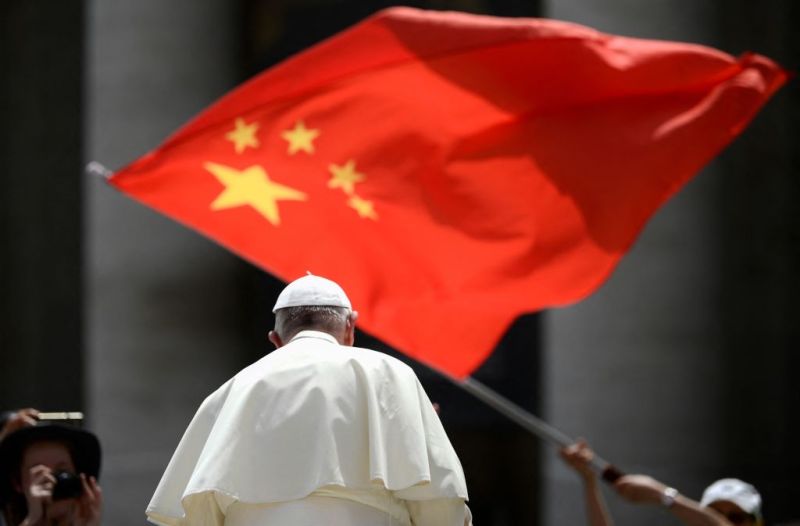
The immortal Yogi Berra said it best: “It’s déjà vu all over again.” That was my first reaction to the news that a new Vatican commission had been established some time back to consider—again—the question of liturgical translations.
Really, you can’t help wondering if another round in the debate about the words of the Mass is exactly what disputatious Catholics—already arguing among themselves over everything from immigration policy to the eighth chapter of Amoris Laetitia— need right now. On the whole, I’d say it wasn’t.
The aims of this new commission, established within the Vatican’s Congregation for Divine Worship and the Discipline of the Sacraments, are said to be two. First, a review of the norms established by Pope St. John Paul II in 2001 for translating the Latin texts of the Mass and the sacraments into English and other vernacular languages. Second, decentralization of the task of liturgical translation in order to give more authority to national bishops’ conferences.
Herewith a few thoughts about each of these matters. Let’s begin with a bit of history.
Reading what Vatican Council II actually said in its liturgy constitution Sacrosanctum Concilium makes it perfectly clear that the council fathers, while approving some use of the vernacular, took it for granted that Latin would remain largely the language of the Mass and the sacraments. The rush to a 100% vernacular liturgy after the council was the bright idea of liturgical reformers rather than Vatican II.
The early version of the Mass in English was clunky and pedestrian. Even worse, it was done by the principle of “dynamic equivalence” which, whatever else it may have meant, didn’t mean strict adherence to the Latin text. The papal corrective of 2001, in a document called Liturgiam Authenticam, marked a shift from dynamic equivalence to “formal equivalence”—closer to the Latin, that is.
Which brings us, roughly, to the current version of the Mass in English. Hardly perfect, it’s nevertheless an improvement over what came before it. And to people who are still fretting over “consubstantial” in the creed, I say: Live with it, it won’t do you any harm.
Similarly unpersuasive is the suggestion to give more control over translations to conferences of bishops. Having sat through many hours of debate on just this subject as a staff member of the U.S. conference and later as a reporter covering bishops’ meetings, I conclude that this isn’t something you want to leave to a committee of 200-plus people—not even earnest, well-disposed ones like these.
That said, it’s undoubtedly true that there really is a problem about the liturgy today. But the problem doesn’t have a lot to do with the translations. Nor does it lie in liturgical aberrations like clown Masses and balloons, which came and went during the days of craziness half a century ago.
The underlying problem instead is the decline of the sacramental sense—the fragile discernment of transcendence amid the limitations of our immanence—which has been going on in Western culture over the last several centuries (and which, one might add, is unlikely to be halted, much less reversed, by translating the Mass into the vernacular).
For a serious, erudite discussion of this matter, I recommend a careful reading of Real Presences, a difficult but illuminating volume published years ago by the critic George Steiner. Meanwhile let’s wish that new Vatican commission well. But let’s also hope the commission doesn’t see more tinkering with translations as the answer to a deeper problem.
If you value the news and views Catholic World Report provides, please consider donating to support our efforts. Your contribution will help us continue to make CWR available to all readers worldwide for free, without a subscription. Thank you for your generosity!
Click here for more information on donating to CWR. Click here to sign up for our newsletter.






Until Holy Mass replaces Pop Mass the problem will persist. The Latin Mass should be restored. Any vernacular translations should be literal based on the official Latin version.